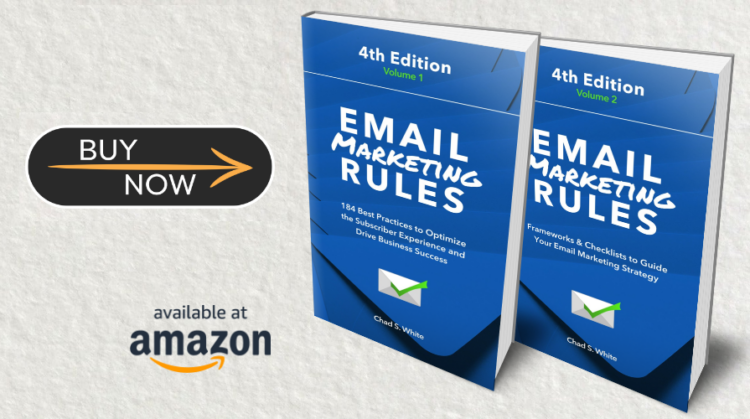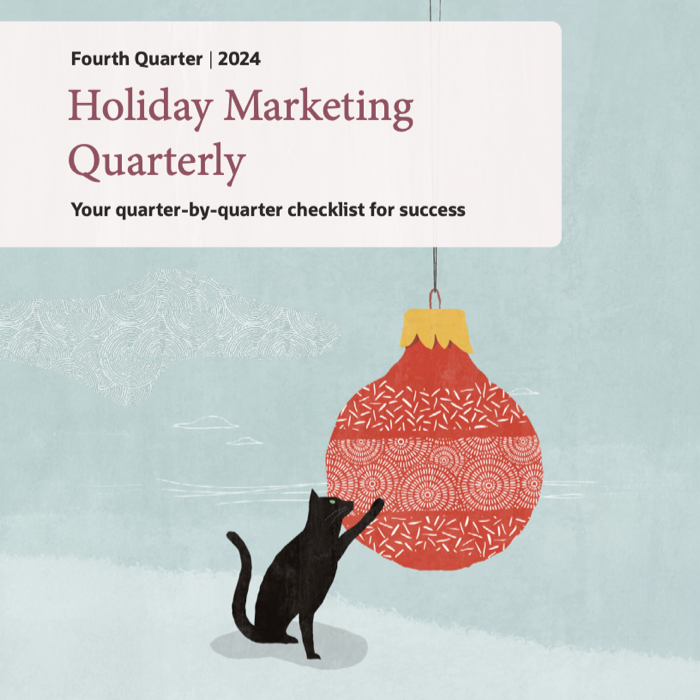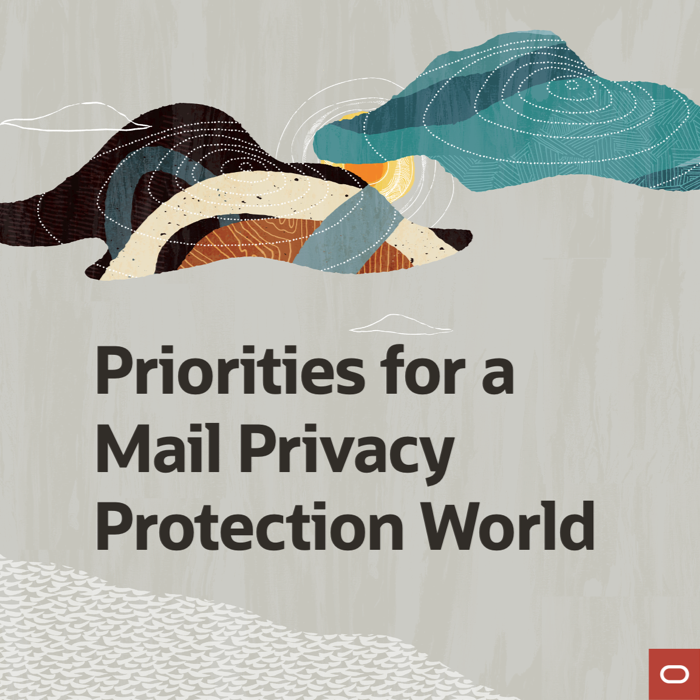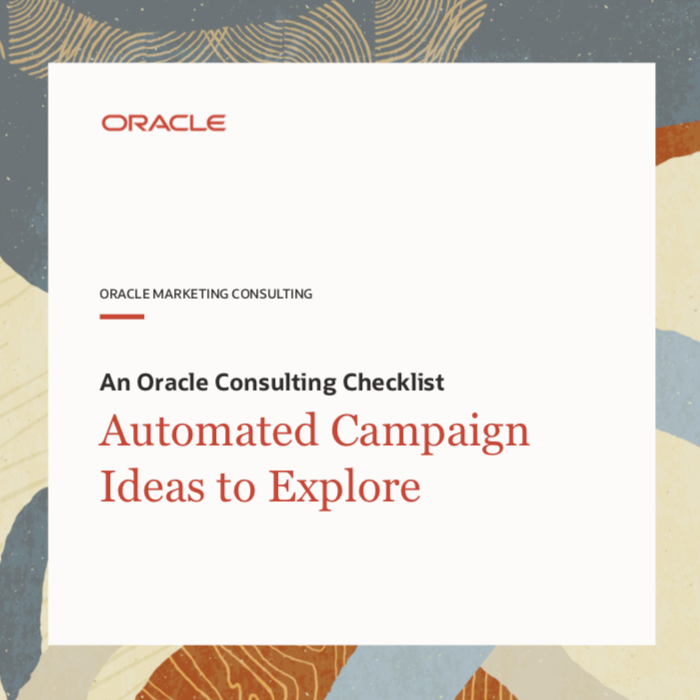The Long and Short of Progressive Profiling
Data is the fuel for all targeted and tailored messaging. Getting good information is the tricky part. The best sources of intel comes directly from your subscribers. Much can be inferred by your subscribers’ purchases, browsing and other interactions with your brand, but there’s also value in asking your subscribers directly about their contact information, interests, demographics and other characteristics.
This is known as progressive profiling, since you build a better profile of a subscriber over time. Since the most efficient email signup forms are very short, there’s a need to build out a view of the subscriber by collecting information at checkout, through surveys and other data requests.
When doing progressive profiling, it’s important to separate data with long-term significance from data that’s only useful in the short-term.
Long-Term Data
Birthdate, gender, number of children, zip code, broad interests—this kind of information never changes or is unlikely to change over the course of a multi-year email relationship. These data points are great to collect early on.
 For instance, the second email in Zulily’s welcome email series asks new subscribers what their favorite brands are so the retailer can alert them to deals on the brands. And last month, when they added UGG as one of their suppliers, Zulily sent a June 4 email that asked subscribers if UGG was one of their favorite brands. Zulily clearly sees tremendous value in being able to send targeted messages about brands their subscribers care about.
For instance, the second email in Zulily’s welcome email series asks new subscribers what their favorite brands are so the retailer can alert them to deals on the brands. And last month, when they added UGG as one of their suppliers, Zulily sent a June 4 email that asked subscribers if UGG was one of their favorite brands. Zulily clearly sees tremendous value in being able to send targeted messages about brands their subscribers care about.
 While some brands send dedicated emails requesting that subscribers update their preferences, it has become more common for brands to build an “update your preferences” request into their email template, like Hasbro does in their footers. It’s also becoming increasingly common to use a preference center as your opt-out page, like Jetsetter does, since giving a dissatisfied subscriber the power to reduce how many emails they receive and select topic preferences reduces unsubscribe rates.
While some brands send dedicated emails requesting that subscribers update their preferences, it has become more common for brands to build an “update your preferences” request into their email template, like Hasbro does in their footers. It’s also becoming increasingly common to use a preference center as your opt-out page, like Jetsetter does, since giving a dissatisfied subscriber the power to reduce how many emails they receive and select topic preferences reduces unsubscribe rates.
You can also collect preferences and profile data through surveys and polls. For example, a June 16 email from Zazzle asked subscribers to help improve their emails. That survey included some demographic and email interaction questions that could be used to directly improve the content, format and timing of emails to the individuals that complete the survey.
Short-Term Data
While broad, long-term information can be highly useful in targeting, short-term data can be very useful as well because it can be more pointed.
 For instance, in a Mar. 13 email, Lowe’s asked subscribers what kinds of home improvement projects they had planned for the spring. The responses allowed Lowe’s to respond with segmented emails sent to those who responded, providing special offers that matched up with their spring projects. Those responses were only useful for a few weeks and won’t be useful next spring, but allowed Lowe’s to send more relevant emails in the near term.
For instance, in a Mar. 13 email, Lowe’s asked subscribers what kinds of home improvement projects they had planned for the spring. The responses allowed Lowe’s to respond with segmented emails sent to those who responded, providing special offers that matched up with their spring projects. Those responses were only useful for a few weeks and won’t be useful next spring, but allowed Lowe’s to send more relevant emails in the near term.
Similarly, Harry & David polled their subscribers about their Thanksgiving plans in a Nov. 8, 2011 email. They then followed up in a subsequent email with the results of the poll, as well as suggestions for entertaining essentials for those who are hosting and suggestions for host and hostess gifts for those that are traveling for Thanksgiving.
Whether you’re going after long-term or short-term information, be sure that you make it super easy for subscribers to share information with you. The more you ask of your subscribers and the harder you make it for them to help you, the more they’ll abandon the process and be hesitant to respond in the future.
For instance, Michael’s recently emailed a preference update request. When you click through, rather than taking you directly to a preference center, it takes you a page asking for your email address. When you enter your address, that still doesn’t take you to a preference center, but rather simply tells you that they’ll send you an email with “everything you need to access your preferences”—which sadly I never received. That’s a lot of effort to yield nothing in the end for either party.
 Email Marketing Rules
Email Marketing Rules







































